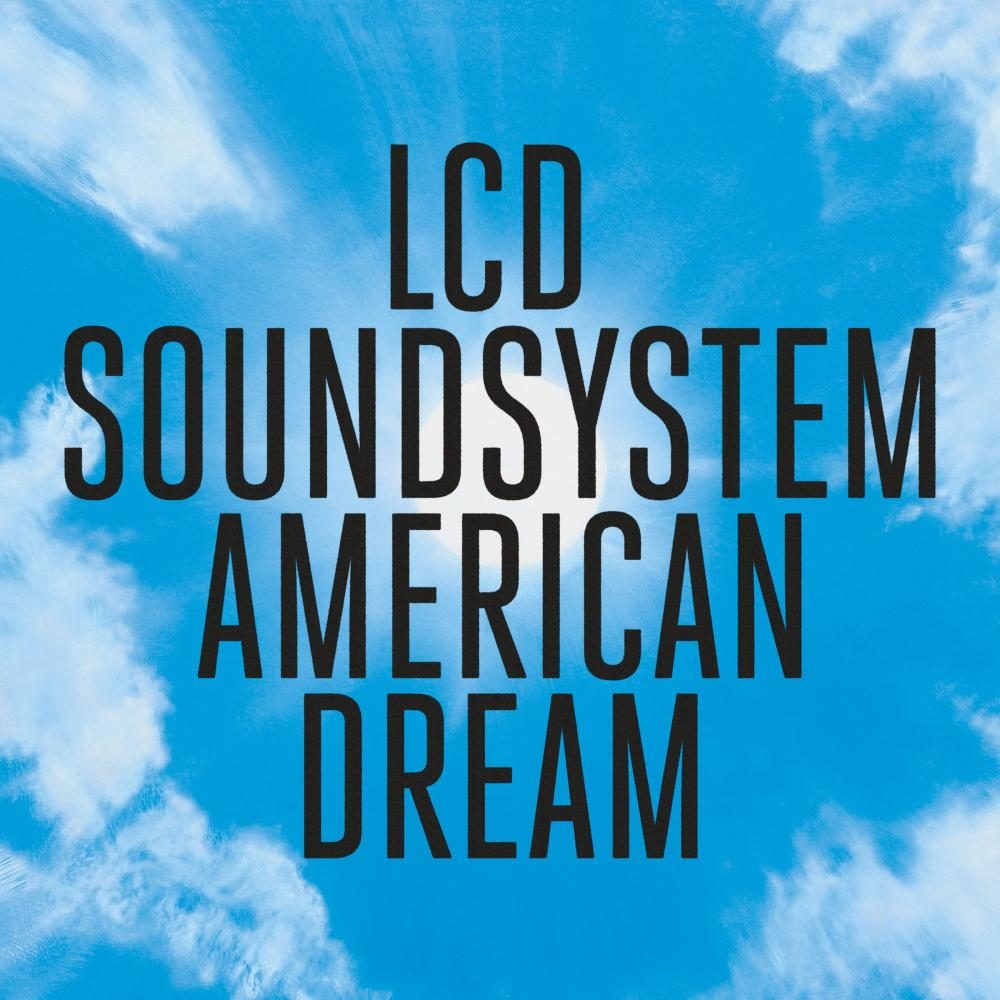Coming back from a seven-year hiatus, LCD Soundsystem is back on the grid. Familiar synths, repetitive beats and references to the past mark their nostalgic return.
In 2011, the band capitalized on a farewell tour that culminated with the release of their documentary “Shut Up and Play the Hits.” The documentary immortalized the band’s alleged last show. Then at the start of 2016, LCD fans were stoked to hear the band was returning to the stage when Coachella announced their headliners.
“American Dream” marks the group’s fourth studio album. Frontman James Murphy’s sharp and forthright lyrics are at the forefront of the album, but ultimately he plays the music safe.
“Oh baby, you’re having a bad dream here in my arms/Oh sugar, you came to me,” Murphy swoons on the opening track. The song is a reference to new wave band Suicide’s song “Dream Baby Dream.” It’s both a commemoration of the life of frontman Alan Vega, who recently died in July, and a reflection of Murphy’s inner thoughts.
The album takes an familiar turn with “Other Voices,” reminding fans of the band’s instrumental roots complemented with an upbeat bassline. It’s the first and one of the only danceable songs on this album. The song builds to the lyrics “you’re still a pushover for passionate people.” It features Nancy Wang and is about innocence in trusting the world and how easily you can fall into reality.
“I Used To” comes in with a harder beat and is about grief from the past and still “trying to wake up” and let go of the situation as a whole.
In this year alone, LCD has played 12 shows at the Brooklyn Steel venue in Brooklyn, NY, and will play 10 more shows at the venue in December. “Change yr Mind” is one of the songs they first played at Steel, giving fans a tease of the album. It’s the shortest track on the album, with guitar riffs that mangle around the consistent beat. It’s one of the least exciting and most forgettable tracks on the album.
Drums kick in strong with ‘‘How Do You Sleep?” The nine-minute song is layered with a wall of sound that builds the entire way through into sharp synths and vocals. The track is suspected to be about the deterioration of Murphy’s relationship with DFA Records co-founder Tim Goldsworthy.
Perhaps the most exciting and electric track, “Tonite,” strongly reflects the band’s former songs with its ‘80s feel in its sound and the style of the music video. It’s a stress-releasing song that promotes living in the moment rather than wasting time thinking about FOMO (fear of missing out).
Fans have already made themselves familiar with “Call the Police,” since its early release in May. This catchy and more uplifting track has quite a few political undertones. “When oh, we all start arguing about the history of the Jews/ You got nothing left to lose/Give me the blues,” makes reference to current political times and the white nationalist uprising in America.
The beat then gallops into the title track, “American Dream,” which focuses on the agony the songwriter finds in aging. This track is the story of a man waking up from a one night stand, and contemplating his age and his life and if the American dream is even truly attainable.
The album finishes with its longest track, “Black Screen.” The song is a 12-minute closer that highlights the simplistic power of a piano melody throughout the last five minutes. The track lets out the last breath of the album, leaving a somewhat open-ending feeling.
Overall, “American Dream” perpetuates LCD’s sound. The album is no “This is Happening,” or “Sound of Silver,” but it is successful in proving that LCD Soundsystem are consistently ahead of their time, as well as paying an homage to their past. Similar to their previous albums, it’s likely their current material will resonate and be appreciated for years to come.








